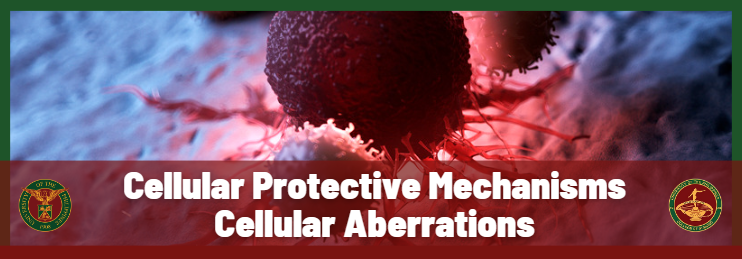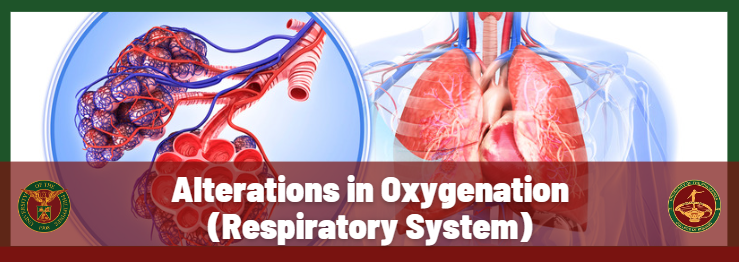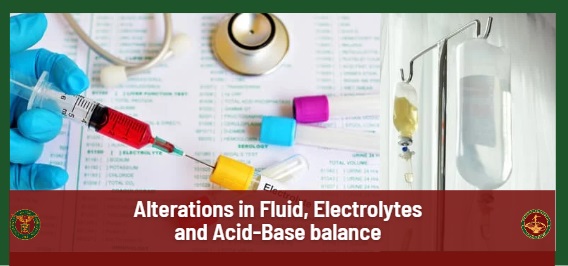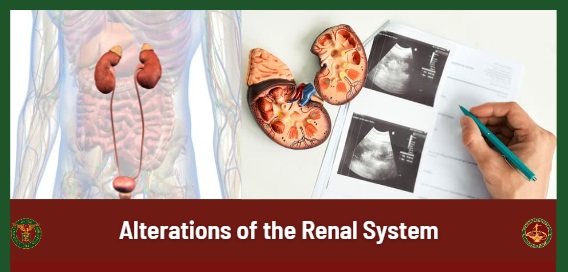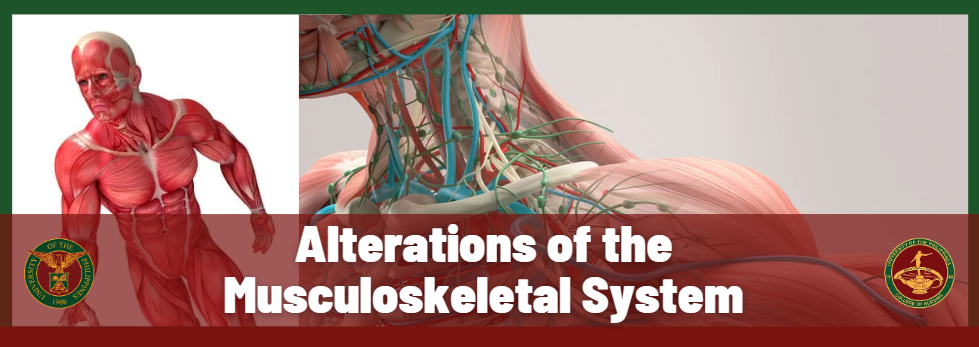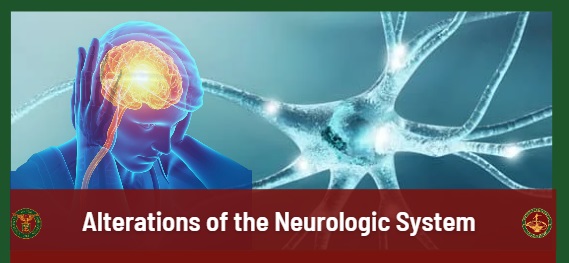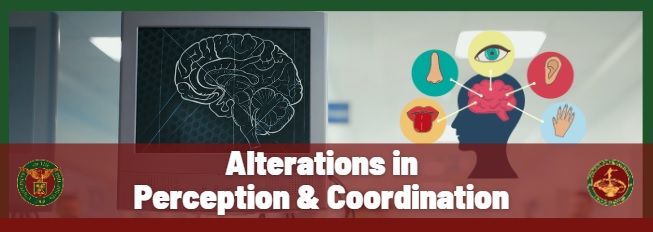Weekly outline
Course Orientation

Dear students,
Welcome to N4! N4 (Basic Pathophysiology) is the course about concepts, theories, and principles in disease development and related functional changes . This will enable you to acquire basic knowledge and develop understanding of the mechanisms of disease pathogenesis. This will also teach you how disease or injury can alter body structure and function resulting to various clinical manifestations.
This course site is a learning environment for you to access course materials, important documents or additional resources, have an online discussion, and upload assignments.
~ N4 faculty
- Opened: Sunday, 28 January 2024, 12:00 AMDue: Tuesday, 6 February 2024, 12:00 AM
Instructions:
1. Read the learning contract carefully. If you have questions, please inform any of the N4 faculty through email or VLE chat.
2. Download and sign the learning contract.
3. Upload the signed contract in the submission bin.
Filename format in pdf: LAST NAME First name N4_Learning_Contract
Example: DELA CRUZ Juan N4_Learning_Contract
Introduction to Pathophysiology

CENTRAL CONCEPTS IN PATHOPHYSIOLOGY
GENETICS & GENOMICS
To supplement your understanding, you may also check these resources:
- Jackson, M., Marks, L., May, G., & Wilson, J. B. (2018). The genetic basis of disease. Essays in biochemistry, 62(5), 643–723. https://doi.org/10.1042/EBC20170053. Download at: https://www.ncbi.nlm.nih.gov/pmc/articles/PMC6279436/
- The causes of genetic mutations (Khan Academy Video) https://www.youtube.com/watch?v=rtUoWyIE1FM
- The different types of mutations (Khan Academy Video) https://www.youtube.com/watch?v=xYOK-yzUWSI
- To learn more about the disorders being screened in the Philippine Newborn Screening Program, visit the website of the Newborn Screening Reference Center - https://www.newbornscreening.ph/
- View the experiences of people living with X-linked Dystonia Parkinsonism in this video - https://www.youtube.com/watch?v=TzvbnAe-IEo
Alterations in Oxygenation (Cardiovascular System)
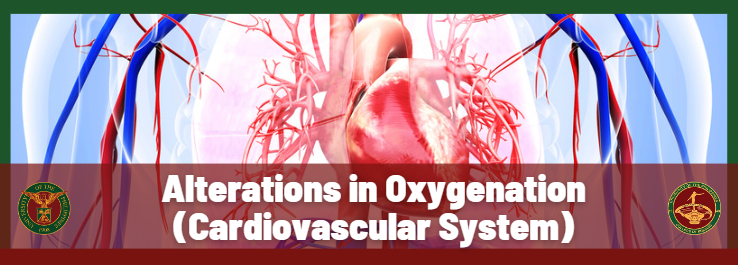
Please use this matrix for your exercise when you review the concepts in oxygenation.
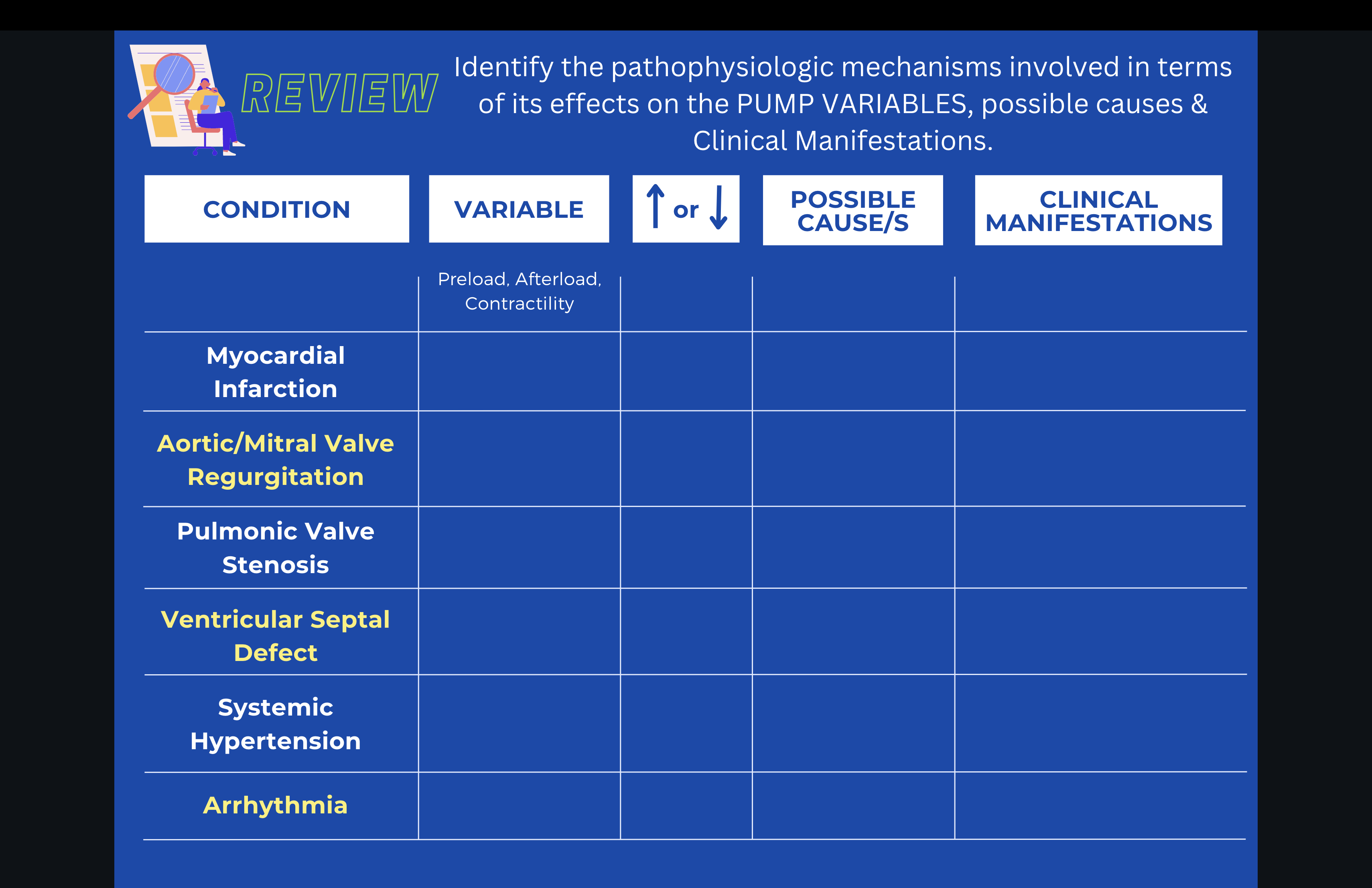
Alterations of Oxygenation Mechanisms (Hematologic System)
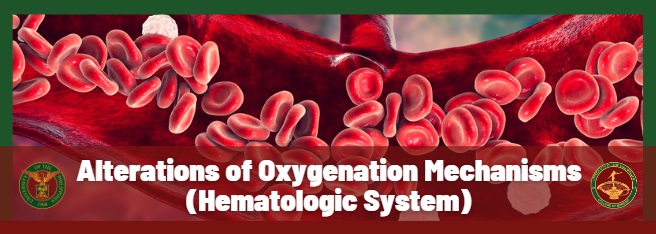
Review what you have learned from N3. Note that this quiz is non-graded.
Test what you have learned from the topic. Note that this quiz is non-graded.
Alterations in Nutrition and Metabolism
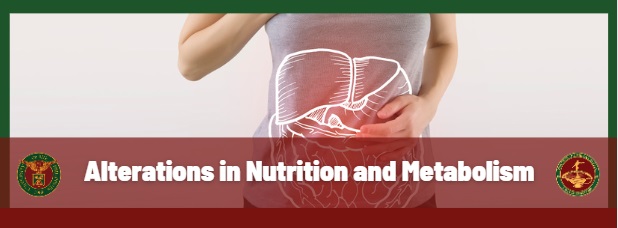
Assoc. Prof. Jenniffer T. Paguio & Asst. Prof. Alexandra Belle S. Bernal
The slide deck is attached here and you may view the recorded lecture using the details below:
https://up-edu.zoom.us/rec/play/WaRNGr-3jY6PZSOuhvGVOWu8_jYemefgWERvRHGwYmLEvwys1clsGJNVdi_MMTNOsUyZo2oVz9s8w2d5.RwiOUsoNaiMPcw8e
Passcode: CBE&3Y$0
Case Analysis Activity

- Due: Friday, 24 May 2024, 11:59 PM
Task 1:
-
Read the case scenario assigned to your group.
-
Discuss the case within your group. Identify the risk factors and predisposing factors to disease development. Trace the pathophysiologic changes that lead to the patient’s signs and symptoms.
-
Create a pathophysiology diagram.
-
Submit the pathophysiology diagram (or link to the diagram if you’re using diagrams.net) in the designated Discussion Forum in the VLE. Save the document in pdf.
Filename format: Group<number>_N4_<case>
-
Assign a representative of the group who will submit the document in the VLE Discussion Forum on May 24, 2024, 11:59 PM.
-
Using the diagram, discuss your patient’s case in a 10 to 15-minute presentation on May 28, 2024. There will be a 10 to 15-minute Question and Answer portion after each presentation.
Task 2:
-
Read the case scenarios of the other three (3) groups, and access their pathophysiology diagrams via the VLE Discussion Forum.
-
Provide feedback by posting comments/suggestions or by asking questions related to the output of each of the group in the VLE Discussion Forum.
-
Each group MUST post their comments/suggestions/questions as a reply in the discussion forum until May 27, 2024, 5:00 PM. The group who created the pathophysiology diagram may opt to answer the question in the discussion forum or answer live during the presentation.
-
Click the link to access the Peer Evaluation Google form.
